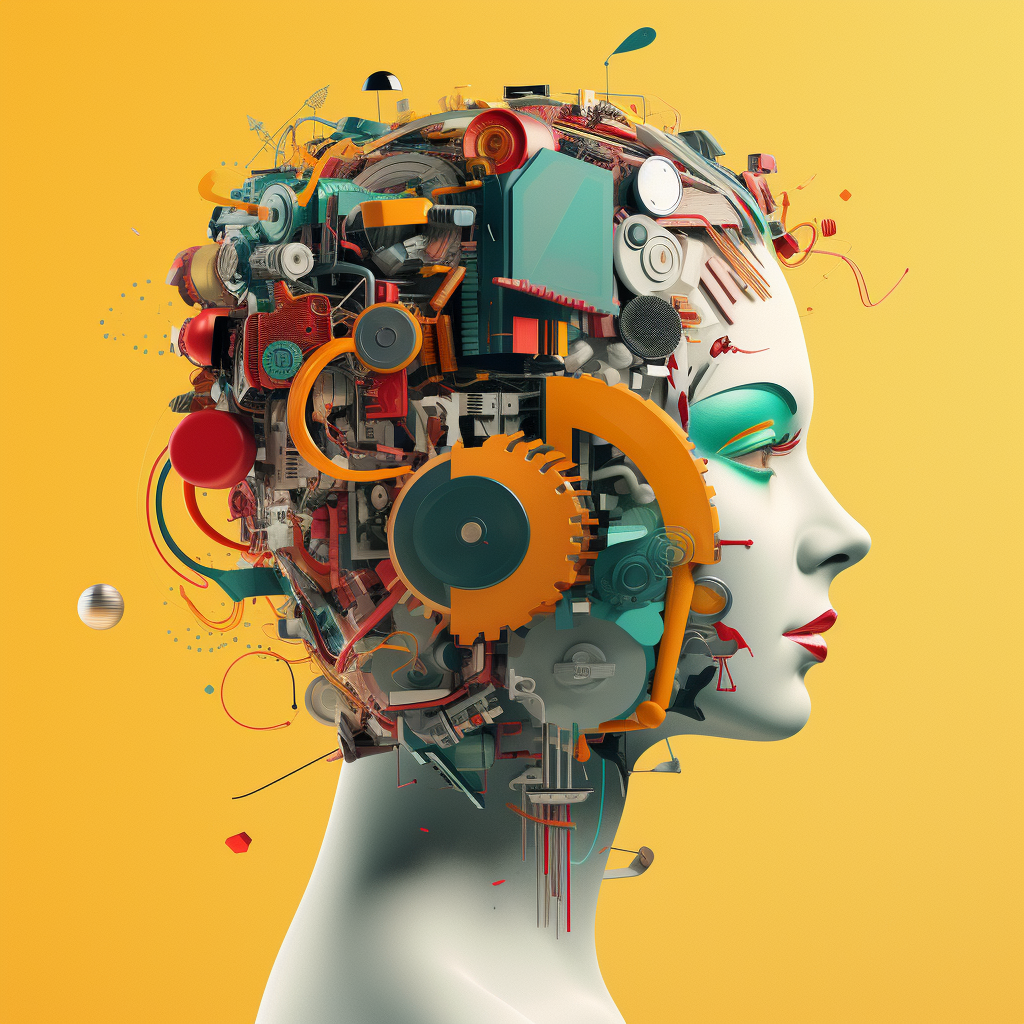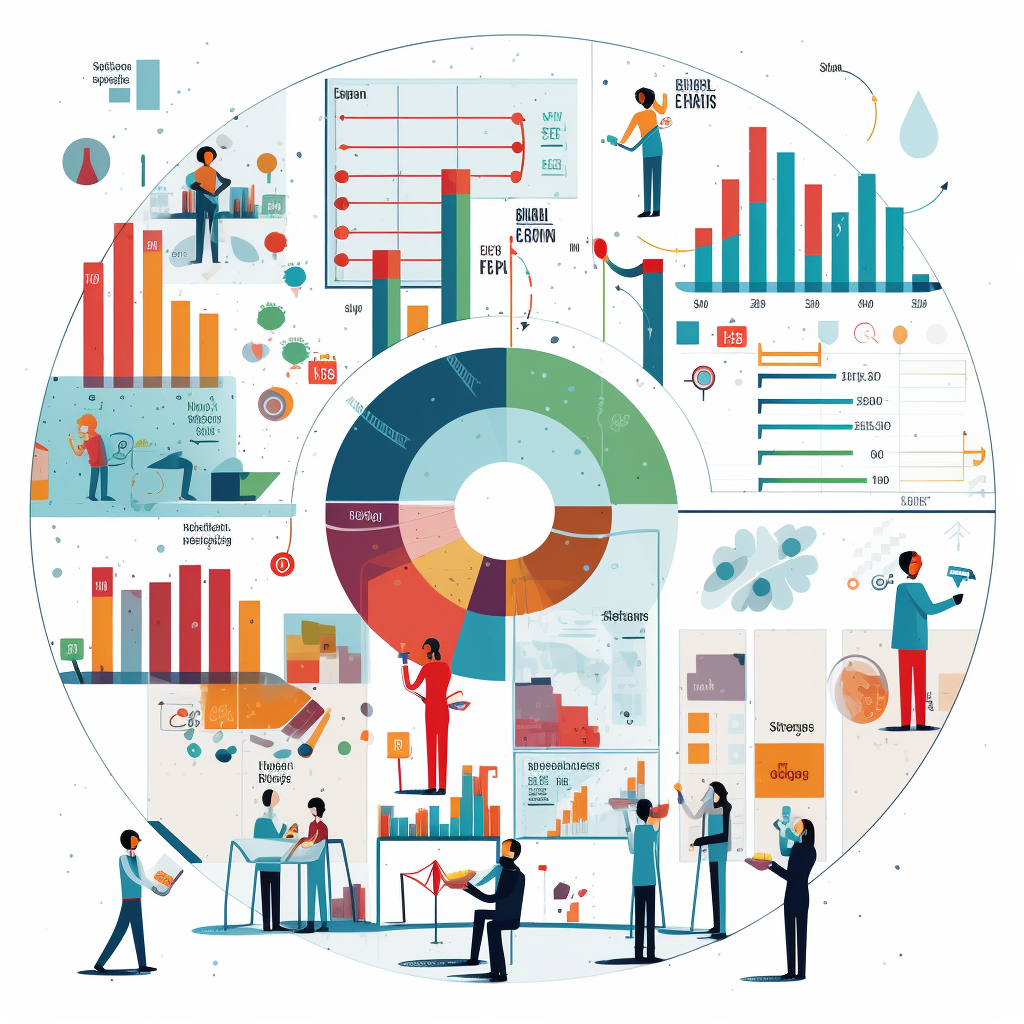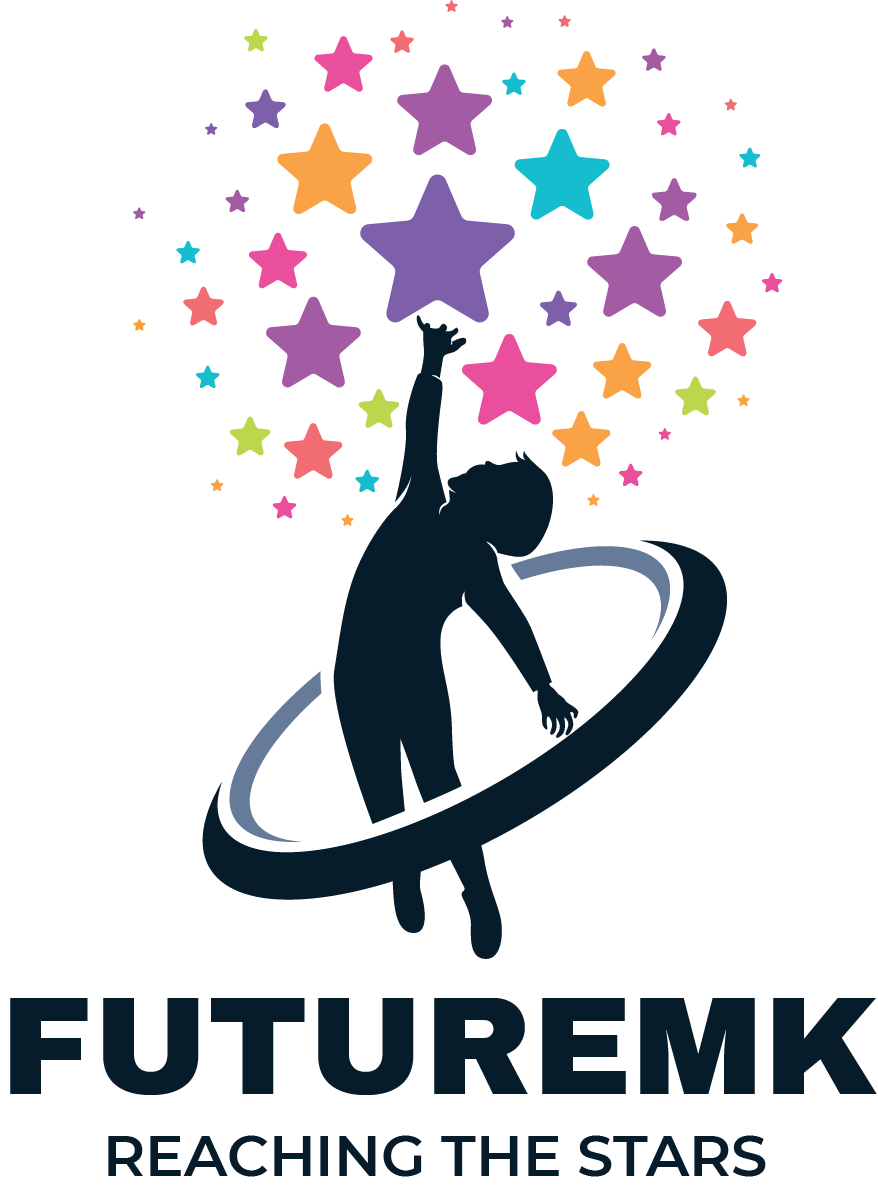
Introduction: In the fast-paced world of graphic design, staying at the forefront of innovation is essential for creative professionals. One technology that has been making waves in the industry is Artificial Intelligence (AI). By integrating AI into graphic design, designers can unlock many benefits that streamline their workflows, enhance creativity, and deliver exceptional results. In this blog post, we will delve into the exciting advantages of harnessing AI in graphic design and how it is transforming the creative landscape.

- Increased Efficiency and Productivity: AI-powered tools in graphic design enable designers to automate repetitive tasks and streamline their workflow. From generating design variations to automating image editing processes, AI eliminates time-consuming manual tasks, allowing designers to focus on higher-level creative thinking. With AI, designers can meet tighter deadlines and deliver more projects without compromising quality.
- Enhanced Design Exploration and Creativity: AI algorithms can analyze vast amounts of data and generate design options based on specified criteria. This empowers designers to explore a wide range of design possibilities quickly. AI-powered design assistants can offer suggestions, generate layout options, or propose color palettes, expanding the creative horizons and pushing boundaries. By collaborating with AI, designers can discover new ideas and innovative design solutions.
- Improved Precision and Consistency: Attention to detail is crucial in graphic design, and AI can be a valuable ally in ensuring precision and consistency. AI algorithms can analyze design elements, such as alignment, spacing, and typography, to detect errors and suggest improvements. This helps maintain design integrity across various assets, ensuring a consistent visual identity for brands and enhancing the overall user experience.
- Smart Image Editing and Manipulation: Image editing is a fundamental part of graphic design, and AI brings advanced capabilities to the table. AI-powered tools can automatically enhance images, remove background elements, or intelligently retouch photos. This saves significant time and effort while ensuring high-quality image manipulation. Additionally, AI algorithms can analyze user preferences to generate personalized image recommendations, creating a tailored experience for clients and end-users.
- Data-Driven Insights and Targeted Design: AI excels in data analysis, and leveraging this strength in graphic design can lead to more targeted and impactful designs. By analyzing user data, AI algorithms can uncover patterns and preferences, providing designers with valuable insights into their target audience. This data-driven approach allows for the creation of designs that resonate with users, improving engagement and driving better outcomes.
- Streamlined Collaboration and Workflow: AI-powered collaboration tools facilitate seamless teamwork among designers, clients, and stakeholders. These tools can automate design feedback processes, track version history, and facilitate real-time collaboration. By reducing communication barriers and streamlining workflows, AI enhances productivity and ensures efficient project management.

Conclusion: The integration of AI in graphic design opens up a world of possibilities, revolutionizing how designers approach their craft. From increased efficiency and productivity to enhanced creativity and precision, AI-powered tools empower designers to reach new heights and deliver exceptional results. As technology evolves, embracing AI in graphic design will become increasingly vital for staying competitive in a rapidly evolving industry. By harnessing the power of AI, designers can unlock their full potential and shape the future of visual communication.

So, let’s embrace the benefits of AI in graphic design and embark on a journey where creativity meets cutting-edge technology, fueling innovation and transforming the way we design.

[…] the digital divide. Despite significant progress in connectivity, access to technology remains unequal among students from different socioeconomic backgrounds. This disparity directly affects the effectiveness and […]